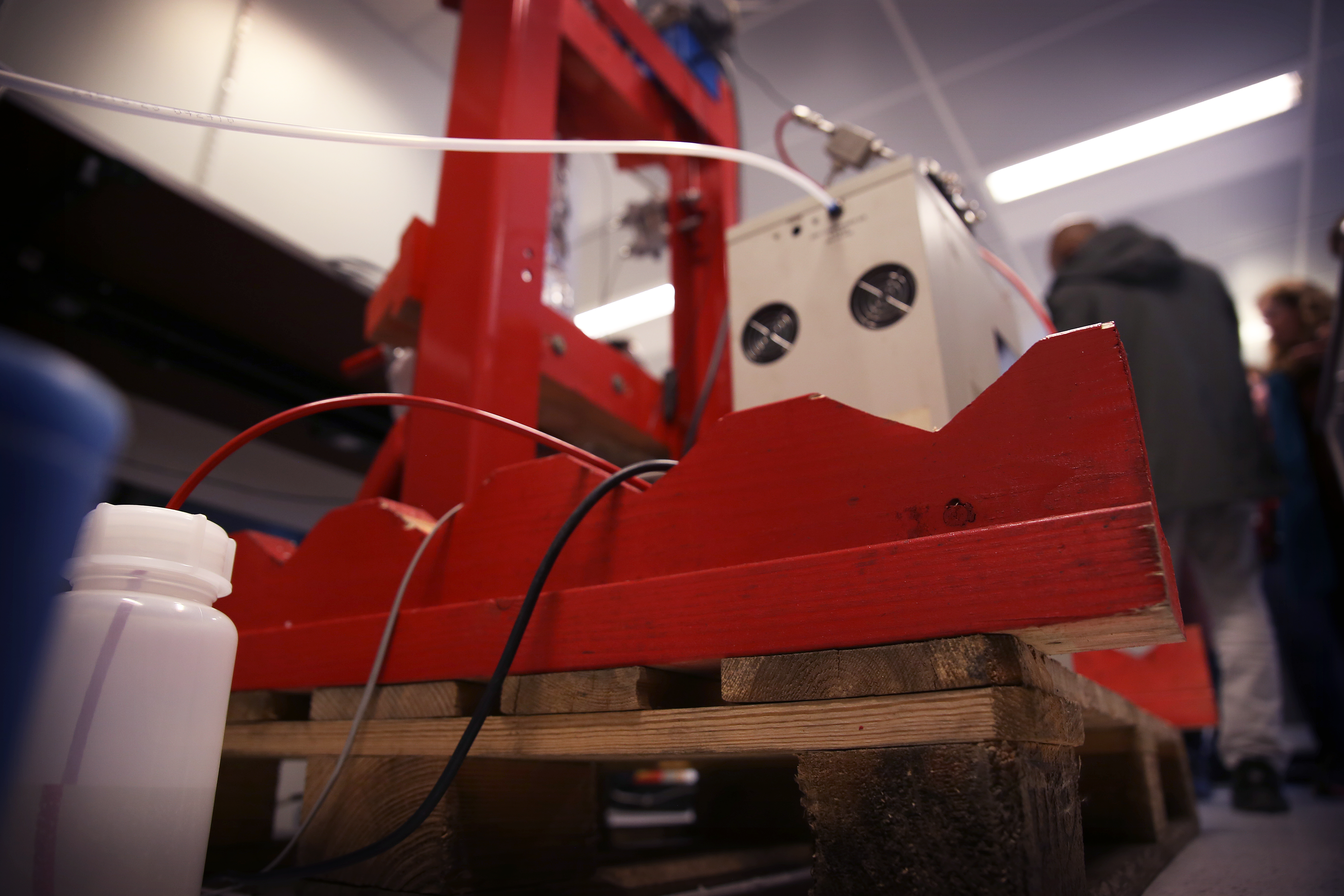What are the most important parameters from smaller scales that are important to describe flow on a larger scale? Chemical EOR methods have proven their potential on core scale. But, additional oil produced at the core scale does not necessarily imply that the field recovery will be similarly increased.

Task leader: Aksel Hiorth, Professor, UiS (aksel.hiorth@uis.no)
In this task there were three research projects, and three PhD projects. The IORSim project was a collaborative effort between IFE, NORCE, and UiS to develop a simulator that can bridge the gap between the research prototype simulators and industry standard reservoir simulators. We worked continuously to improve the user friendliness of IORSim, including testing the GUI of IORSim. A postdoc, Felix Feldman, joined the IORSim team in 2021 and has already done great progress. He is currently simulating the Snorre silicate injection on the actual Snorre sector model using IORSim.
The large (yard) scale project was led by Halliburton with a very good collaboration with activities in Task 1. Thermo-Thickening associative polymers (TAPs) have been tested and the results at Haliburton was consistent with lab results at Norce. The coordination of upscaling workflows has held several meetings and the project has been an active part in 3 delivery forums: Polymer, Smart-Water, and Upscaling. Together with project 1.1.1, an initiated activity in project 2.7.1 led by Alexey Khrulenko investigated how the advanced IORCoreSim polymer models can be mimicked in Eclipse. Results were promising, it was possible to use IORCoreSim to generate tables that can then be used by ECLIPSE.
A similar activity has been initiated in project 1.1.15, Intersect was used first, but then it was decided to focus on OPM. The well model in OPM was extended to account for degradation in the near well area. One additional PhD thesis, Eystein Opsahl, on biodegradation of polymers is expected to be submitted 2022. The last PhD thesis by Mehul Vora, has funding until 2022 and will submit after the Centre is official finished.
1.4.1 IORSim – IOR chemistry simulator coupled to commercial reservoir simulator / user guide
1.4.2 Environmental fate and effect of EOR polymers (PhD thesis expected in 2022)
1.4.3 Large scale yard test and supporting lab activities (four reports)
1.4.5 Synthetic polymers for Enhanced Oil Recovery; Mechanical degradation, and alleviation thereof (PhD project)
1.4.6 Risk Management / ERA (PhD thesis expected in 2022)
1.4.7 Improve IOR models in IORSim (preliminary postdoc report)
1.4.8 Coordinating Upscaling Workflow